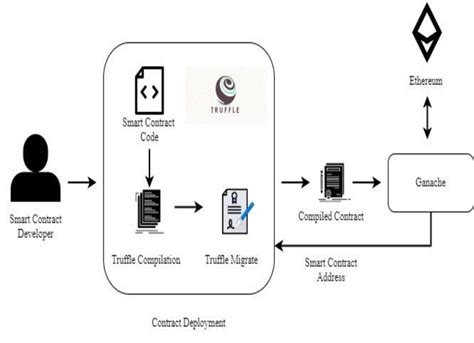Saving WebSockets data to a database using Ethereum
The Ethereum Websockets API allows for bidirectional communication between the client and the server in real time. In this article, we will look at how to save WebSocket data received from a Binance stream to a database such as MySQL or PostgreSQL.
prerequisites
- Familiarity with JavaScript, Node.js and Ethereum Development
- Install Ethereum base node (e.g. Ethereum Classic or Polygon) and Blockchain Explorer (e.g. Etherscan)
- Install necessary libraries:
ws,mysql2anddotenv
Step 1: Establish a WebSocket connection
First you need to connect to Binance stream. You can use wss://stream.binance.com:9443/ws/btcusdt@trody
javascript
const websocket = require ('ws');
const wss = new websocket.server({port: 9443, secure: true});
Step 2: Processing WebSocket Messages

When a message is received from a bitstream, you need to process it accordingly. You can use a library like ws to parse and process WebSocket messages.
`javascript
wss.on ('connection', (ws) => {
console.log('client connected');
ws.on ('message', (message) => {
const data = json.parse(message);
// process the received data here ...
ws.send(json.stringify({type: 'result', data}));
});
ws.on ('close', () => {
console.log('client disconnected');
});
});
Step 3: Save the data to the database
To save WebSocket data to a database, you need to use an API that supports interacting with your database. We will use the MySQL2library to connect to your MySQL or PostgreSQL database.
javascript
const mysql = require('mysql');
const dbconfig = {
host: 'your_host',
User: 'your_user',
password: 'your_password',
Database: 'your_database',
};
const connection = mysql.createconnection(dbconfig);
connection.connect ((err) => {
if (err) {
console.error('connection error:', err);
to return
}
console.log ('connected as id' + connection.threadid);
// send data to the database here ...
connection.end();
});
Putting everything together
Here is a complete example that demonstrates how to save WebSocket data to a MySQL database:
“javascript
const Express = require(‘Express’);
const app = express ();
const bodyparser = require(‘body-parser’);
const ws = require(‘ws’);
const mysql = require (‘mysql2/promise’);
const dbconfig = {
host: ‘your_host’,
User: ‘your_user’,
password: ‘your_password’,
Database: ‘your_database’,
};
// Creating a WebSocket connection
const wss = new websocket.server({port: 9443, secure: true});
wss.on (‘connection’, (ws) => {
console.log(‘client connected’);
// Processing incoming messages from the Binance stream
ws.on (‘message’, (message) => {
const data = json.parse(message);
// process the received data here …
// Save the data to the database
saveddatatodatabase ( data );
});
ws.on (‘close’, () => {
console.log(‘client disconnected’);
});
});
// Function for processing and storing WebSocket messages in the database
Async function saveddatatodatabase(data) {
ask {
const Query = ‘Insert into websocket_data (id, timempamp, data) values (?,?,?)’;
const [result] = await connection.execute(request, [
zero,
new Date (). toisoString(),
Json.stringify(data),
]);
console.log (‘inserted into the database:’, result);
} catch (err) {
console.error(‘error inserted into database:’, err);
}
}
app.use(bodyparser.json());
app.listen (3000, () => {
console
